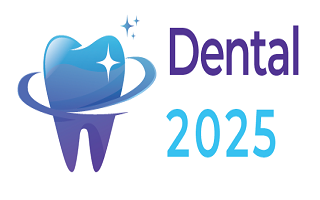Dental 2025

Patan Academy of Health Sciences, Nepal
Abstract:
ntroduction: Malocclusion is the most common dentofacial abnormality in human population,
which can cause dental caries, periodontal disease and aesthetic problems. It is closely related to
psychosocial well being. The prevalence of malocclusion varies among different age and ethnic
groups. The aim of this study was to assess the pattern of malocclusion occurring in orthodontic
patients.
Method: A 4 year data from 14 Apr 2018 to 13 Apr 2022 were collected retrospectively by the
principal investigator (PI) from the pre-treatment record and an acceptable study cast from the
Dental Department at Patan Hospital, Patan Academy of Health Sciences. Angle’s classification of
malocclusion was used to classify malocclusion. The collected data were entered, and statistical
analysis was carried out by using SPSS version 25. Chi-square test was applied to test the
significant differences. The comparison was made between male and female and age group 6-12
years and 13 years and above for the Angle’s classification.
Result: A total of 384 patients included in the study, female patients were 263(68.5%). Prevalence
for malocclusion was 267(69.5%) of Angle’s class I, while Class II and Class III were 111(28.9%)
and 6(1.6%) respectively. The study revealed not statistically significant. Majority 372(96.9%)
belong to 13 y and above age group while only 12(3.1%) belong to 6-12 y age group.
Conclusion: Angle’s Class I malocclusion was most prevalent with the least common being Angle’s
Class III malocclusion. No statistically significant relationship was found. Almost all subjects were
13 years and above age group.
Biography:
Dr. Bishnu Prasad Sharma is a distinguished professional affiliated with the Patan Academy of Health Sciences in Lalitpur, Nepal. With a strong commitment to healthcare and academic excellence, he has made significant contributions to his field. Dr. Sharma is actively engaged in research, education, and clinical practice, striving to enhance medical knowledge and patient care
